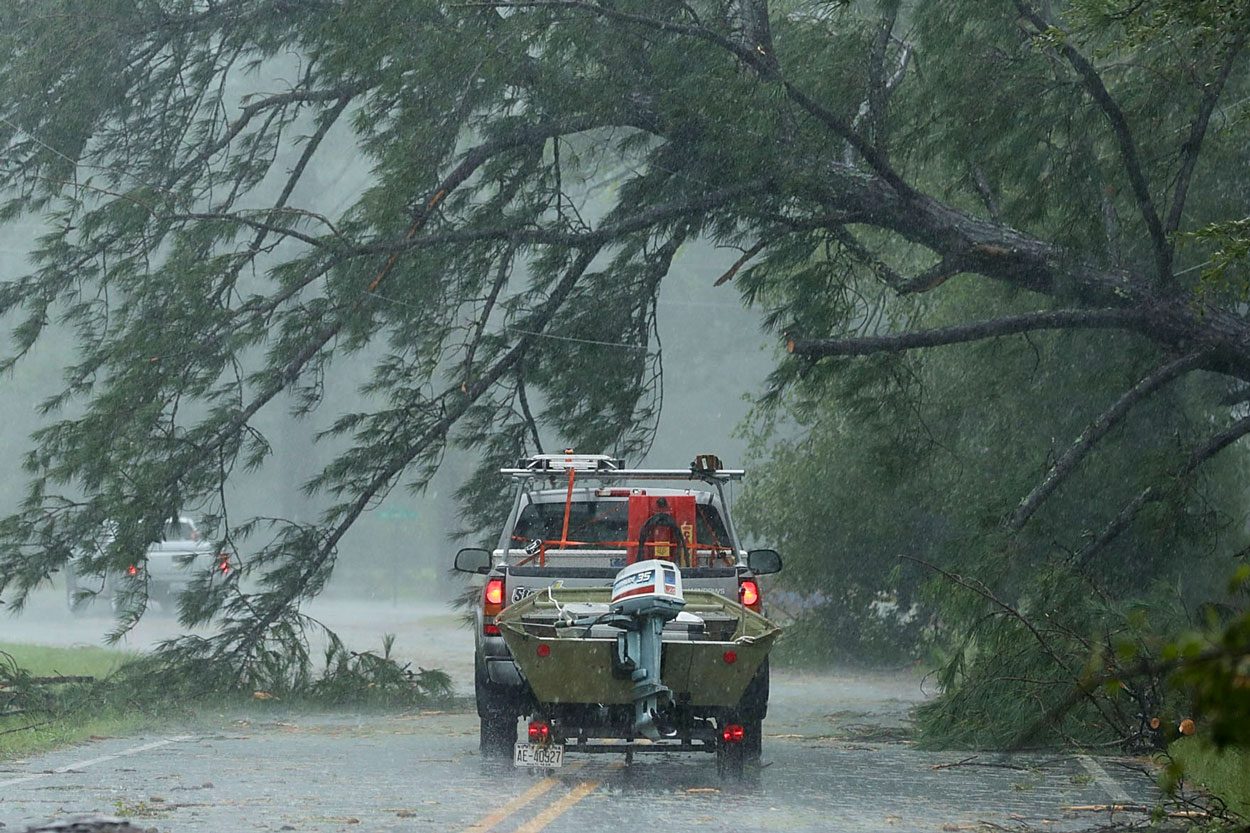Femicide: A Growing Crisis And Its Underlying Factors

Table of Contents
The Deep-Rooted Causes of Femicide
The roots of femicide are deeply embedded in societal structures and attitudes. Understanding these underlying causes is critical to developing effective solutions.
Societal Norms and Gender Inequality
Patriarchal structures, which prioritize male dominance and subordinate women, are fundamental drivers of violence against women, including femicide. Harmful gender stereotypes, often deeply ingrained in cultures, normalize and even excuse violence against women. These stereotypes portray women as submissive, fragile, or deserving of punishment for challenging societal expectations.
- Examples of harmful stereotypes: The belief that women should be subservient to men, that a woman’s worth is tied to her sexual purity, or that men are entitled to control women's bodies and lives.
- Cultural practices that condone violence: Some cultures may have traditions that tolerate or even encourage violence against women, such as honor killings or practices that restrict women's autonomy. These practices must be challenged and eradicated.
- The consequences of these societal attitudes manifest in unequal power dynamics, where men feel entitled to control women’s lives, leading to violence and, tragically, femicide.
The Role of Misogyny and Hate
Misogyny, the hatred of women, is a significant factor fueling femicide. This hatred manifests in various forms, from subtle everyday sexism to overt acts of violence. Online misogyny, particularly through social media and online forums, creates a breeding ground for hate speech and dehumanization of women, contributing significantly to real-world violence.
- Online Misogyny and its impact: Cyberbullying, online harassment, and the spread of misogynistic memes contribute to a climate of fear and intimidation, normalizing violence against women.
- Dehumanization and its consequences: When women are portrayed as objects, less than human, or unworthy of respect, it becomes easier for individuals to justify violence against them.
- Addressing this requires tackling misogynistic attitudes at their core, through education, awareness campaigns, and holding perpetrators of online hate accountable.
The Impact of Systemic Issues
Weak or corrupt legal systems play a crucial role in enabling femicide. The lack of adequate protection for women and girls, coupled with ineffective law enforcement and a failure to prosecute perpetrators, perpetuates a cycle of violence. Inadequate resources for support services, such as shelters, legal aid, and mental health care for survivors of gender-based violence further exacerbate the problem.
- Lack of protection: Women and girls living in poverty or marginalized communities often lack access to essential protection and support.
- Ineffective law enforcement: A lack of training on gender-based violence, bias within law enforcement, and insufficient resources can hinder effective investigation and prosecution of femicide cases.
- Inadequate support services: The absence of sufficient shelters, legal aid, and psychological support leaves survivors vulnerable and without recourse.
Recognizing the Patterns and Statistics of Femicide
Understanding the patterns and statistics of femicide is crucial for targeted interventions.
Global Statistics and Regional Variations
Femicide rates vary significantly across different countries and regions. While reliable global data can be challenging to obtain due to underreporting and varying definitions, studies reveal alarmingly high rates in certain parts of the world. These disparities often reflect differences in societal norms, legal frameworks, and levels of gender inequality.
- Data sources: Organizations like the UN, World Health Organization (WHO), and various NGOs collect data on femicide, though significant gaps remain.
- Regional variations: Latin America, for instance, has some of the highest rates of femicide globally, while other regions show different patterns. Understanding these variations is vital for developing region-specific strategies.
Risk Factors and Profiles of Victims and Perpetrators
Certain factors increase the risk of femicide for women. Intimate partner violence, domestic abuse, and threats are significant predictors. The profiles of victims and perpetrators vary, but common threads include power imbalances and a history of controlling behavior.
- Risk factors: Previous experiences of violence, economic dependence on the perpetrator, social isolation, and lack of access to support services all increase vulnerability.
- Victim profiles: Victims are diverse, but often share common experiences of abuse and control.
- Perpetrator profiles: Often the perpetrators are intimate partners, but family members, acquaintances, and even strangers can be involved.
Combating Femicide: Strategies for Prevention and Intervention
Combating femicide requires a multi-pronged approach, focusing on strengthening legal frameworks, promoting education and awareness, and supporting survivors and their families.
Strengthening Legal Frameworks and Enforcement
Stricter laws and policies specifically addressing gender-based violence are essential. This includes enacting legislation that defines femicide as a distinct crime, ensuring effective law enforcement procedures, and providing specialized training for law enforcement personnel on handling cases of gender-based violence. Holding perpetrators accountable is crucial for deterring future violence.
- Legal reforms: Introducing stronger penalties for femicide and improving the investigation and prosecution of cases.
- Law enforcement training: Specialized training for police officers, prosecutors, and judges on gender-based violence, including how to identify and handle femicide cases sensitively and effectively.
Promoting Education and Awareness
Education plays a critical role in challenging harmful gender norms and promoting gender equality. Public awareness campaigns can raise awareness about femicide, its consequences, and available support services. Promoting gender sensitivity training in schools, workplaces, and communities can help create a culture of respect and equality.
- Gender equality education: Integrating gender equality education into school curricula from an early age.
- Public awareness campaigns: Using media, social media, and community events to educate people about the issue of femicide and how to recognize and report violence.
Supporting Survivors and Their Families
Comprehensive support services are crucial for survivors of gender-based violence, including access to safe housing, legal aid, mental health services, and emotional support. Support networks for families who have lost loved ones to femicide can also play a critical role in their healing and recovery.
- Shelters and safe houses: Providing safe and secure housing for women fleeing violence.
- Legal aid and advocacy: Providing access to legal assistance to help survivors navigate the legal system.
- Mental health support: Offering counseling and other mental health services to address the trauma experienced by survivors.
Conclusion: Taking Action Against Femicide
Femicide is a complex issue with deep-rooted causes in societal norms, misogyny, and systemic failures. Addressing this global crisis requires a comprehensive and collaborative effort. We must strengthen legal frameworks, promote education and awareness, and provide comprehensive support for survivors and their families. Ending femicide demands a fundamental shift in societal attitudes, a commitment to gender equality, and a unwavering dedication to protecting women and girls from violence. We must all work together to end femicide. Learn more about the issue and get involved in combating violence against women. Together, we can make a difference. Let's strive to create a world where every woman can live free from the fear of violence and femicide.

Featured Posts
-
 Legal Battle Continues Ex Tory Councillors Wife Appeals Racial Hatred Tweet Conviction
May 21, 2025
Legal Battle Continues Ex Tory Councillors Wife Appeals Racial Hatred Tweet Conviction
May 21, 2025 -
 Macrons Call To Eu Buy European Not American
May 21, 2025
Macrons Call To Eu Buy European Not American
May 21, 2025 -
 Uncensored Pub Landladys Explosive Reaction To Employee Resignation
May 21, 2025
Uncensored Pub Landladys Explosive Reaction To Employee Resignation
May 21, 2025 -
 Remont Pivdennogo Mostu Oglyad Proektu Pidryadnikiv Ta Vitrat
May 21, 2025
Remont Pivdennogo Mostu Oglyad Proektu Pidryadnikiv Ta Vitrat
May 21, 2025 -
 Serie A Lazio Fight Back For Draw Against Reduced Juventus
May 21, 2025
Serie A Lazio Fight Back For Draw Against Reduced Juventus
May 21, 2025
Latest Posts
-
 Gladbach Defeat Mainzs Top Four Bid Strengthened
May 21, 2025
Gladbach Defeat Mainzs Top Four Bid Strengthened
May 21, 2025 -
 Mainz Overcome Leipzig Burkardt And Amiri Lead The Charge
May 21, 2025
Mainz Overcome Leipzig Burkardt And Amiri Lead The Charge
May 21, 2025 -
 Burkardt And Amiri Power Mainz To Victory Against Rb Leipzig
May 21, 2025
Burkardt And Amiri Power Mainz To Victory Against Rb Leipzig
May 21, 2025 -
 Staying Safe During Storms With High Winds
May 21, 2025
Staying Safe During Storms With High Winds
May 21, 2025 -
 Understanding The Dangers Of High Winds In Fast Moving Storms
May 21, 2025
Understanding The Dangers Of High Winds In Fast Moving Storms
May 21, 2025
